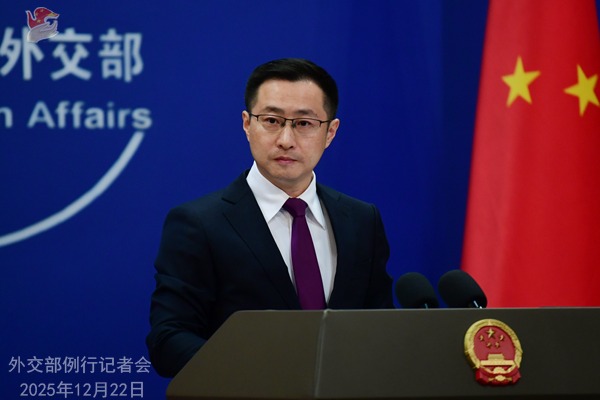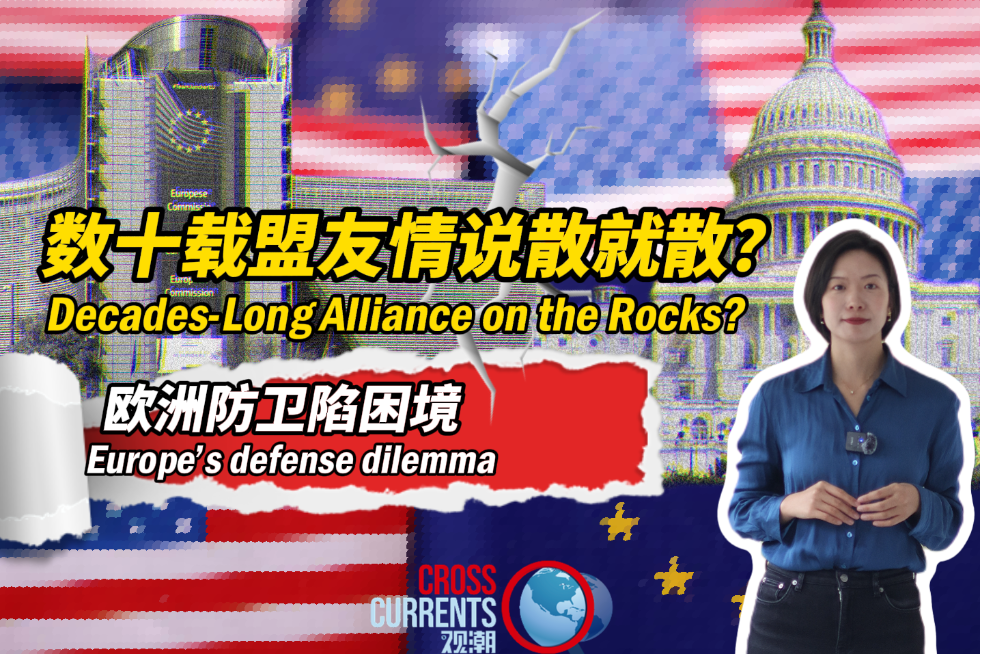Laser scientists win 2018 Nobel Physics Prize

Ashkin's work was based on the realisation that the pressure of a beam of light could push microscopic objects and trap them in position. A breakthrough came in 1987 when he used the new optical tweezers to grab living bacteria without harming them.
Ashkin is the oldest ever Nobel prize winner - but the 96-year-old is still busy with fresh research.
"I am busy working right now, writing an important paper on solar energy," he told Reuters in a telephone interview.
"I'm surprised," Ashkin said about winning the prize. "A guy called me up on the phone and woke me up."
Mourou and Strickland's research centred on developing the most intense laser pulses ever created by humans, paving the way for the precision instruments used today in corrective eye surgery and industrial applications.
The prizes for achievements in science, literature and peace have been awarded since 1901 in accordance with the will of Swedish business tycoon Alfred Nobel, whose discovery of dynamite generated a vast fortune used to fund the prize.
Physics is the second of this year's crop of prizes and comes after the medicine prize was awarded on Monday for discoveries about how to harness and manipulate the immune system to fight cancer.
However, for the first time in decades no Nobel Prize for literature will be given this year after a scandal over sexual misconduct allegations saw a string of members leave the board of the Swedish Academy that awards it.
Reuters

































